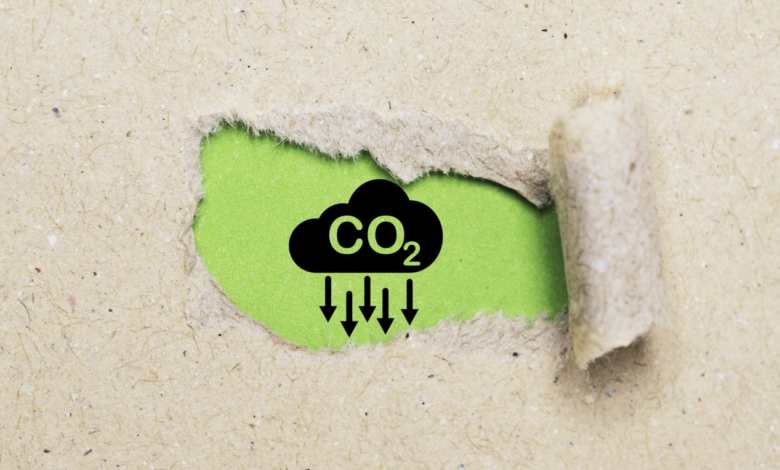CO2 removal technologies, we need to double capacity by 2050

Today CO2 removal technologies are worth just 0.002 GtCO2 per year
All the IPCC emission scenarios, even the most optimistic, involve the use of CO2 removal technologies. But countries’ current plans to boost carbon dioxide removal (CDR) capacity are far from reaching the required carbon dioxide capture volume. In 2050 we could find ourselves with a capacity gap of 3.2 billion tons of CO2 (GtCO2). In other words, we would have a surplus equal to Europe’s annual emissions in 2020. This was calculated by a study published in Nature Climate Change and led by the Mercator Research Institute on Global Commons and Climate Change.
CDRs and emissive scenarios
According to the latest IPCC report, published in 2022, the best emissive scenario (C1) foresees rapid and drastic emission cuts, with the bulk of the effort concentrated by 2030. In this way, it would be possible to reach the global carbon peak no later than 2025 and limit the temporary overrun (offshoot) of 1.5 degrees to only 1 tenth of a degree. By the end of the century, the global temperature would settle around +1.2-1.4°C compared to the pre-industrial era (with a probability of 33-58%), respecting the Paris Agreement.
To stay on this path we would have to limit the annual emissions of greenhouse gases to 29-33 GtCO2 in 2030 compared to about 55 GtCO2 in 2019, and then again to 16-18 GtCO2 in 2040 and 8-9 GtCO2 in 2050. Residual greenhouse gases, even in the C1 emissive scenario group, will have to be eliminated by CO2 removal.
CO2 removal technologies, what is the 2050 gap?
In the study led by the Mercator Research Institute, the authors apply to CO2 removal technologies the same logic used in the UNEP Emission Gap Report, the report that calculates how many emissions are “too much” We’re generating a trajectory consistent with 1.5 degrees. They estimate the “CDR gap” from the analysis of current national plans to build CO2 removal capacity. The result? Compared to the 5.1 GtCO2 of CDRs required in 2050 according to the most optimistic scenario of the IPCC, we would arrive at just 1.9 GtCO2 at best. And at worst, we’d stop at 0.5 GtCO2.
While investing massively in CO2 removal technologies today risks also (or predominantly) avoiding massive efforts to cut emissions, the study suggests that this is a more ambitious path. Focusing not so much on conventional options for CO2 sequestration, such as afforestation and similar practices (which today capture about 3 GtCO2 per year), which create conflicts with biodiversity and land use. But on innovative and still little-developed technologies such as direct air capture (DAC) and meteorization enriched rocks (enhanced rock weathering), which today are worth just 0.002 GtCO2 per year.





